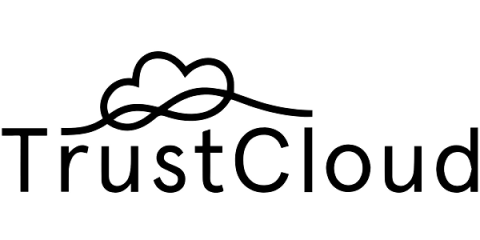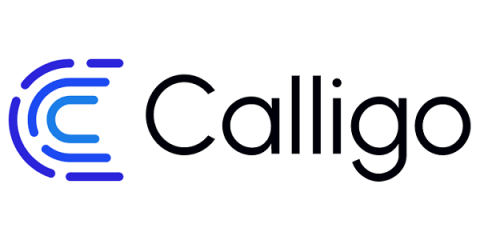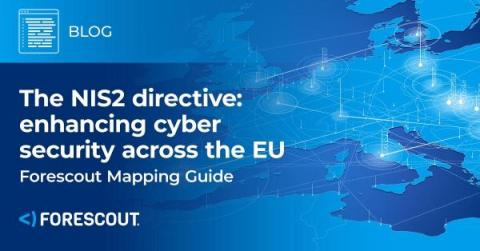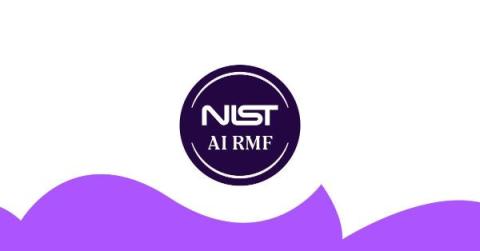What is a trust center? And how to use it to demonstrate trust
As your organization grows the demands on the security team increase. Many of these new demands come from prospects and customers doing their due diligence about the security measures your business has in place. Your team is then left struggling to balance a growing number of security questionnaires and customer requests while managing your everyday responsibilities.











